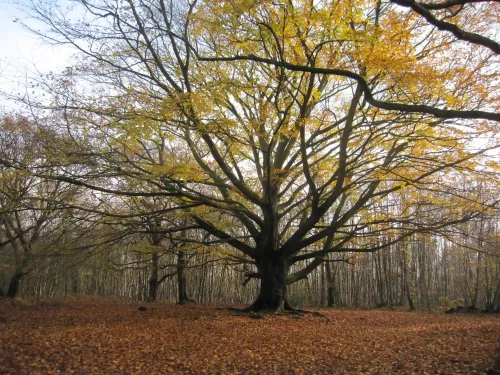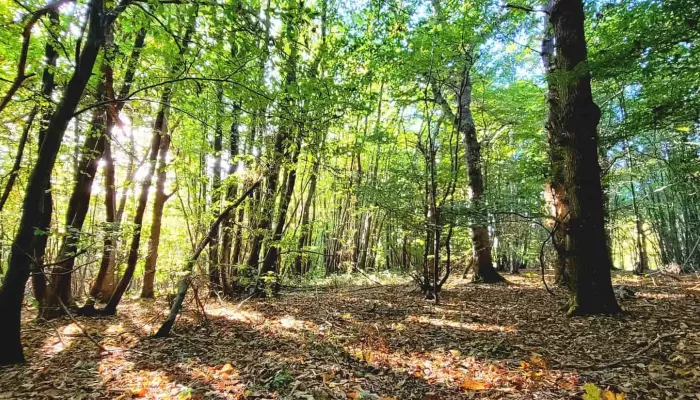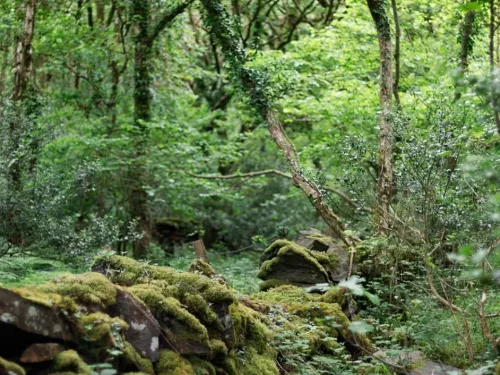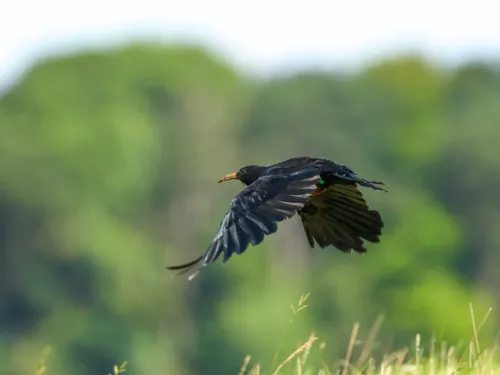
What would life be like without our woodlands?
Natasha Ruskin explores something terrifying: a world without woodlands.


Natasha Ruskin explores something terrifying: a world without woodlands.

This guest blog from Flora Hastings, Nature Immersion Workshop Leader, explores outdoors, immersive workshops that use the body and conversation to unravel the connections we have to the environment around us.

If you're a wildlife enthusiast that wants to get started with photographing what you see, it's important to get the basics down so you can make the most of those precious trips. Kent Wildlife Trust's Content Creator, Tim Horton, talks through his…